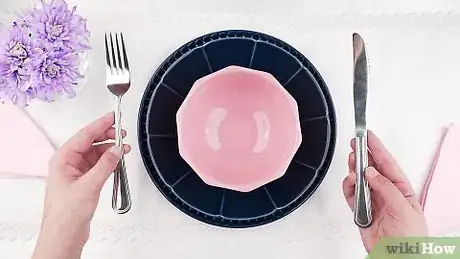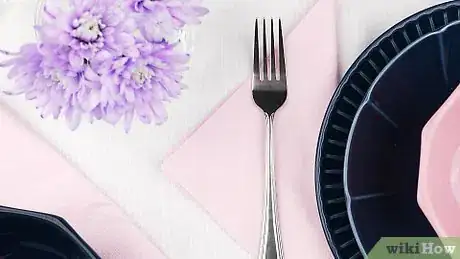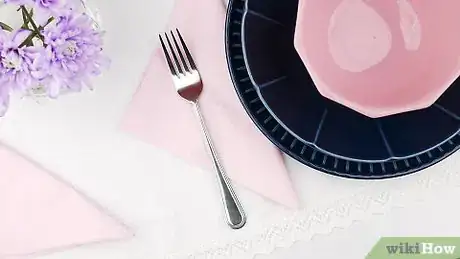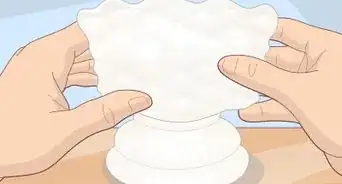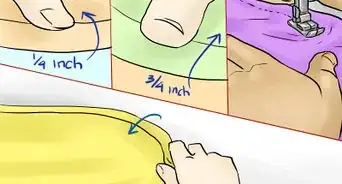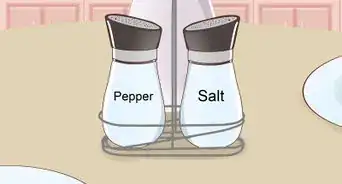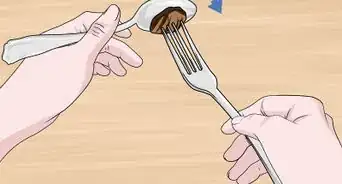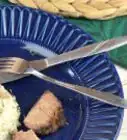This article was co-authored by Tami Claytor and by wikiHow staff writer, Christopher M. Osborne, PhD. Tami Claytor is an Etiquette Coach, Image Consultant, and the Owner of Always Appropriate Image and Etiquette Consulting in New York, New York. With over 20 years of experience, Tami specializes in teaching etiquette classes to individuals, students, companies, and community organizations. Tami has spent decades studying cultures through her extensive travels across five continents and has created cultural diversity workshops to promote social justice and cross-cultural awareness. She holds a BA in Economics with a concentration in International Relations from Clark University. Tami studied at the Ophelia DeVore School of Charm and the Fashion Institute of Technology, where she earned her Image Consultant Certification.
wikiHow marks an article as reader-approved once it receives enough positive feedback. This article received 12 testimonials and 100% of readers who voted found it helpful, earning it our reader-approved status.
This article has been viewed 222,911 times.
Laying out silverware in a specific way may seem at first like much ado about nothing, but it can really add to both the visual appeal and functionality of your dining table. This article tackles many of the questions you’re likely to have about setting silverware for a variety of casual, semi-formal, and formal events. So if you’re suffering from “soup spoon anxiety,” fear not—you’ve come to the right place!
Steps
Expert Q&A
-
QuestionHow do you wrap silverware?
 Tami ClaytorTami Claytor is an Etiquette Coach, Image Consultant, and the Owner of Always Appropriate Image and Etiquette Consulting in New York, New York. With over 20 years of experience, Tami specializes in teaching etiquette classes to individuals, students, companies, and community organizations. Tami has spent decades studying cultures through her extensive travels across five continents and has created cultural diversity workshops to promote social justice and cross-cultural awareness. She holds a BA in Economics with a concentration in International Relations from Clark University. Tami studied at the Ophelia DeVore School of Charm and the Fashion Institute of Technology, where she earned her Image Consultant Certification.
Tami ClaytorTami Claytor is an Etiquette Coach, Image Consultant, and the Owner of Always Appropriate Image and Etiquette Consulting in New York, New York. With over 20 years of experience, Tami specializes in teaching etiquette classes to individuals, students, companies, and community organizations. Tami has spent decades studying cultures through her extensive travels across five continents and has created cultural diversity workshops to promote social justice and cross-cultural awareness. She holds a BA in Economics with a concentration in International Relations from Clark University. Tami studied at the Ophelia DeVore School of Charm and the Fashion Institute of Technology, where she earned her Image Consultant Certification.
Etiquette Coach You can get a string and tie the silverware together with a nice bow, or you could roll the silverware in a paper napkin.
You can get a string and tie the silverware together with a nice bow, or you could roll the silverware in a paper napkin. -
QuestionI have a knife, fork, spoon and a napkin, how should I set it up?
 Community AnswerFork to the left of the plate, napkin to the left of the fork (or it may be placed on the plate). Knife to the right of the plate with the blade facing the plate, then the spoon to the right of the knife.
Community AnswerFork to the left of the plate, napkin to the left of the fork (or it may be placed on the plate). Knife to the right of the plate with the blade facing the plate, then the spoon to the right of the knife. -
QuestionWhere should I place the water glass?
 Community AnswerTo the top right or top left of the plate.
Community AnswerTo the top right or top left of the plate.
Warnings
- Do not place utensils on the table that will not be used throughout the meal. This will clutter the table and confuse your guests.⧼thumbs_response⧽
References
- ↑ https://emilypost.com/advice/table-setting-guides
- ↑ https://emilypost.com/advice/table-setting-guides
- ↑ https://emilypost.com/advice/table-setting-guides
- ↑ https://emilypost.com/advice/table-setting-guides
- ↑ https://www.invaluable.com/blog/silverware-placement/
- ↑ https://www.invaluable.com/blog/silverware-placement/
- ↑ https://www.invaluable.com/blog/silverware-placement/
- ↑ https://www.realsimple.com/holidays-entertaining/entertaining/how-to-set-a-table
- ↑ https://www.realsimple.com/holidays-entertaining/entertaining/how-to-set-a-table
